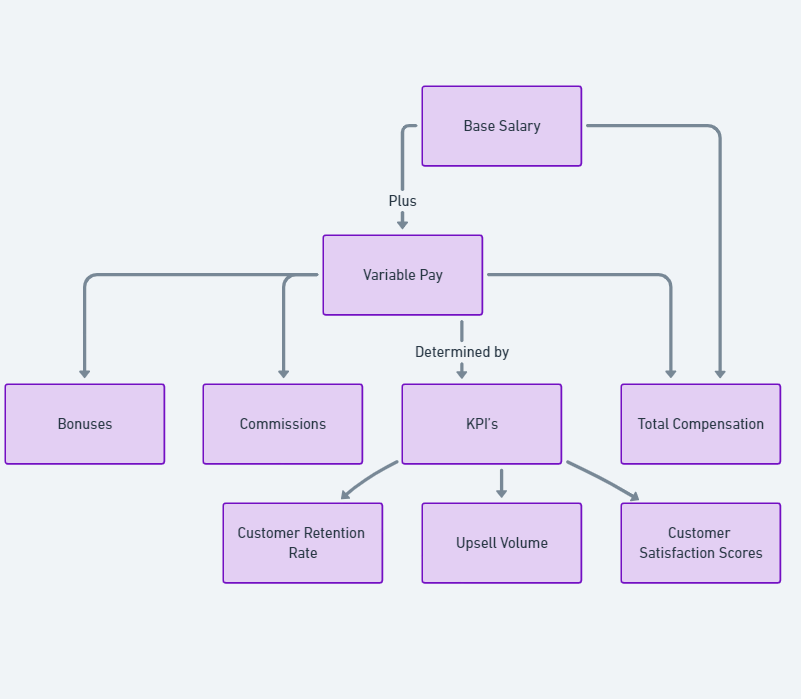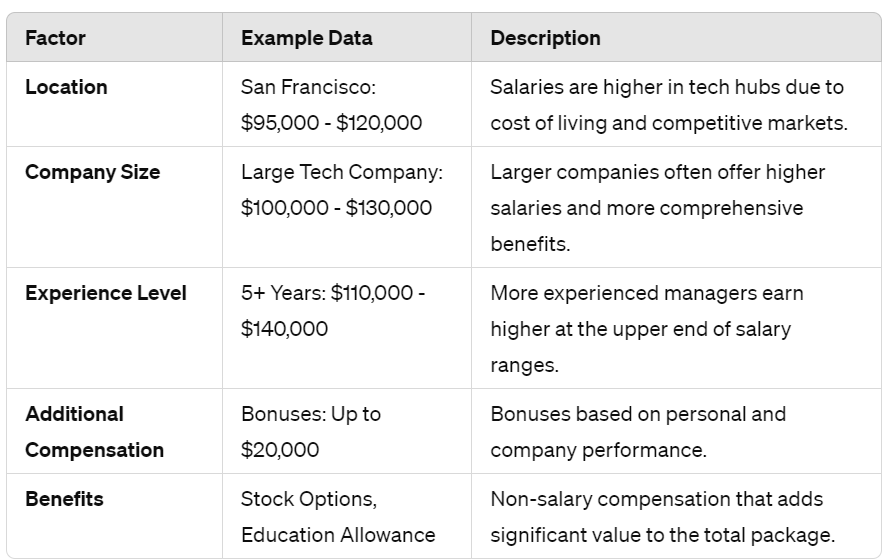HubSpot Customer Success Management using CRM

Empower your team and drive retention with a complete view of the customer
Curious about a change that could boost your customer retention rates? Recent data reveal that 88% of customers are more likely to make repeat purchases when they experience great service (HubSpot Blog). HubSpot’s tools facilitate building long term relationships, which are crucial for sustained customer success.
HubSpot’s Smart CRM System—Proactively Managing Customer Success
Effective customer success management relies on a strong system that supports and enhances customer interactions. HubSpot’s customer success platform and workspace integrates all customer data into one platform, streamlining the management of customer relationships and using every piece of data to enable you to improve satisfaction and retention (HubSpot).
HubSpot provides a full view of customer interactions, enabling customer success managers to not just manage and react to issues but anticipate and address them proactively. Features like real-time data sync and customer health scores mean HubSpot’s CRM software actively drives your business forward by ensuring customer success is a given, not a guess (HubSpot).
For more detailed insights on customer success and to leverage the latest tools, HubSpot’s continuous updates and extensive resources are invaluable (HubSpot) (community.hubspot.com). Whether you’re leading a small team or managing a large corporation, leveraging these tools and practices can transform your customer relationships and business outcomes.
Customer Success vs. Customer Support
Customer Support: Reactive and Transactional
Customer support focuses on addressing immediate issues faced by customers. It is reactive, starting when a customer raises an issue and ending once that issue is resolved. This role is primarily about speed and efficiency, ensuring customers receive quick solutions to their problems. Platforms like HubSpot assist in managing support tickets, improving efficiency in customer support processes. Metrics like first response time and resolution rate are commonly used to gauge the effectiveness of customer support teams (HubSpot Blog) (Userpilot).
Customer Success: Proactive and Relational

Contrastingly, a customer success strategy is proactive and ongoing, aimed at achieving long-term customer satisfaction and loyalty. This role involves working alongside customers to ensure they are successful in using your product or service to achieve their broader goals. It’s about anticipating potential issues and challenges and offering solutions before they become problems. Metrics for customer success go beyond issue resolution, focusing on customer retention, lifetime value, and overall satisfaction (HubSpot Blog) (HubSpot Blog) (Userpilot).
Key Differences Highlighted
- Approach: Customer support reacts to issues as they arise, whereas customer success proactively engages with customers to foster a deeper, ongoing relationship.
- Metrics: Support metrics focus on the immediacy and quality of responses to customer issues. Success metrics, however, track long-term value such as retention and revenue growth over time.
- Outcome: The aim of customer support is to resolve specific problems quickly. Customer success, meanwhile, is invested in the customer’s overall success with the product, which often includes strategic advice, upselling, and cross-selling opportunities (Custify) (Userpilot).
Integration for Optimal Performance
While distinct, both functions are crucial and should ideally be integrated to some extent. This integration allows for a seamless customer experience from troubleshooting immediate issues to developing long-term customer success software and marketing strategies. Effective collaboration between these teams can lead to improved customer satisfaction and retention, ultimately impacting the bottom line positively (Help Scout) (Custify).
This comparison should help clarify the roles and emphasize the importance of both in maintaining and expanding customer relationships. For businesses, aligning these functions can enhance overall visibility, customer experience and satisfaction.

Total Salary Range for HubSpot Customer Success Manager
Navigating the financial landscape of a call using HubSpot and Customer Success Manager (CSM) reveals a spectrum of potential earnings influenced by various factors including geographic location, experience, and additional compensation elements like bonuses and commissions.
Customer and customer success team managers may report to a senior manager or a VP of Customer Support and Success, indicating the position’s seniority and authority within the brand and organizational structure.
Base Salary Insights The foundational salary for a HubSpot CSM generally begins around $84,508 annually. This figure can escalate depending on tenure, expertise, and the specific demands of the role within different regions or sectors .
Additional Compensation Beyond the base pay, CSMs at HubSpot can expect a range of additional financial benefits which include bonuses, profit sharing, and possibly commissions. These benefits are designed to reward performance and foster a committed and motivated workforce. The total compensation, combining base salary and additional benefits, typically ranges from $112,000 to $156,000 per year (HubSpot Blog)
Comparative Earnings It’s a bit more insightful to compare these numbers with broader industry standards to gauge HubSpot’s competitiveness in the market for customer support requests. Generally, the average salary for customer success managers across various companies hovers around $75,068, with potential earnings ranging from $53,000 to $126,000 annually, depending on additional compensation factors like bonuses and profit sharing .
This salary range places HubSpot within a competitive stance in the market, appealing to professionals who are keen on leveraging their customer management skills to enhance client success and drive business growth. This compensation package not only reflects the critical role these managers play in fostering customer relationships but also underscores the company’s commitment to rewarding those who significantly contribute to customer journey and its success.
Pay Breakdown
The compensation for a HubSpot Customer Success Manager typically includes a base salary combined with variable components such as bonuses and commissions, which are contingent upon achieving specific performance targets.
Base Salary and Variable Pay A significant portion of a Customer Success Manager’s total earnings comes from a base salary. However, to incentivize performance, additional variable pay components are often structured around achieving specific key performance indicators (KPIs) such as customer retention rates, sales targets, and efficient management of support tickets. For instance, a common split might see a CSM receiving 70% of their compensation as fixed base salary and 30% as variable pay, dependent on meeting these predefined objectives (QuotaPath) (ClientSuccess).
Detailed Components of Variable Pay Variable pay can include bonuses for hitting specific targets, such as tasks such as upsell quotas or customer satisfaction benchmarks. Moreover, other forms of variable pay might encompass commissions from successful renewals or expansions, underscoring the CSM’s role in not only retaining customers but also in growing the account’s value over time. This blend of salary and performance-based incentives is designed to align the CSM’s goals with the company’s strategic objectives, ensuring they contribute directly to business growth (SmartKarrot l Customer Success Software) (Gainsight Software).
This compensation structure reflects a broader trend in aligning customer success roles more closely with revenue generation, similar to sales roles, ensuring CSMs are rewarded for directly contributing to the company’s profitability, sales pipeline and customer satisfaction.

Community Discussions and Real Salary Shares
Exploring the Landscape through Community Insights
Have you ever wondered what other Customer Success Managers are earning? Online platforms and services like Glassdoor and LinkedIn serve as treasure troves where CSMs across the globe share their salary data. These community insights are invaluable for understanding the variety of factors that can affect earnings, such as location, industry, and individual experience.
Gleaning Real-World Salary Data

In these community forums, CSMs not only share salaries but also discuss bonuses, benefits, and the negotiation challenges they face. For example, a HubSpot Customer Success Manager in San Francisco might share that their total compensation package includes a base salary of approximately $95,000 with bonuses and equity options pushing the total to $120,000, depending on company performance and individual achievement.
What Drives Salary Variations?
Discussions often reveal:
- Location: Salaries in tech hubs like San Francisco or New York are typically higher than in other regions.
- Company size: Larger companies or those in competitive markets might offer more due to their resources and the high demand for experienced CSMs.
- Role complexity: More responsibilities typically lead to higher pay.
Participating in the Conversation
Engaging in these discussions can demystify the often-opaque topic of salary. CSMs gain valuable insights into industry standards best practices, preparing them for negotiations and career planning. They also learn about non-salary compensation, such as stock options or education allowances, which can be significant.
Understanding these elements through real salary shares and community insights helps CSMs understand and set realistic expectations and empowers them with the knowledge base to advocate for their worth effectively. This not only enhances individual career growth but also fosters a more transparent industry standard for compensation.

Maximize Customer Success with HubSpot support
Customer success isn’t just a buzzword—it’s a growth engine. Did you know 88% of customers are more likely to return after a great experience? HubSpot’s tools help you tap into that power by giving you a full view of your customer’s journey, allowing you to take proactive steps before issues arise.
The line between customer support and success is clear: one solves problems, the other drives long-term loyalty. With HubSpot’s CRM and customer success workspace, you can handle both seamlessly—boosting retention and increasing revenue along the way.
So, are you set up to build lasting relationships or just putting out fires? With HubSpot, it’s not just about reacting. It’s about setting your business up for long-term success. The tools are there—now it’s time to use them to your advantage!
Unlock Customer Success with AppEQ: Don’t Get Left Behind
What if you could see customer insights in real time—right inside HubSpot? With AppEQ, you can. Imagine never missing a chance to engage, upsell, or retain a customer. That’s the power of having all your data at your fingertips, in the moment it matters most.
While others scramble to react, you’ll already be ahead, spotting trends and taking action. AppEQ integrates seamlessly with HubSpot, making it easy to supercharge your customer success strategy without disrupting your workflow.
Don’t let opportunities slip through the cracks. Get ahead of the curve with AppEQ and transform your customer success game before your competitors do.

FAQ’s
Is HubSpot a customer success tool?
Yes, HubSpot’s Customer Success workspace helps teams of all sizes manage their customers effectively. By integrating with HubSpot’s Smart CRM, it enhances customer retention and provides deeper insights into customer interactions.
What is the difference between customer success and customer support in HubSpot?
Customer support focuses on solving issues quickly with responsive solutions. Customer success tracks long-term outcomes like retention and revenue growth. While support handles immediate problems, success works towards sustained customer satisfaction and business results.
Can I use HubSpot for customer success?
Yes, HubSpot’s Customer Success workspace enables teams to efficiently manage customer relationships. Integrated with HubSpot Smart CRM, it offers valuable insights to boost customer retention and improve business outcomes.
Is HubSpot good for customer service?
HubSpot excels at improving customer service through automation and personalization, helping teams enhance customer satisfaction and sales results.
Is HubSpot a customer success platform?
Yes, HubSpot’s customer success workspace allows real-time management of customer interactions. Linked with HubSpot Smart CRM, it provides the insights needed to streamline the customer acquisition process and boost retention from the start.
Can HubSpot be used as a CRM?
Yes, HubSpot is a comprehensive CRM platform that helps businesses manage customer relationships efficiently. It integrates automation to simplify tasks and improve customer insights.
Is HubSpot a CRM or CMS?
HubSpot is both a CRM and CMS platform. It offers a CMS Hub to help businesses create powerful websites and a CRM system to streamline sales and customer relationship management.
What does a Customer Success Manager do?
Customer Success Managers (CSMs) ensure customers achieve maximum value from a product or service. They focus on building lasting customer relationships and driving customer satisfaction to retain long-term users.
What is the difference between a client manager and a customer success manager?
A client manager handles day-to-day client relationships and resolves issues. A Customer Success Manager (CSM) works to maximize the value customers receive from their purchases, ensuring long-term success and retention.
Is customer experience the same as customer success?
No, customer experience (CX) focuses on how customers perceive their interactions with a brand or product. Customer success emphasizes driving business outcomes through added value and efficiency, ensuring that customers derive long-term benefits.


